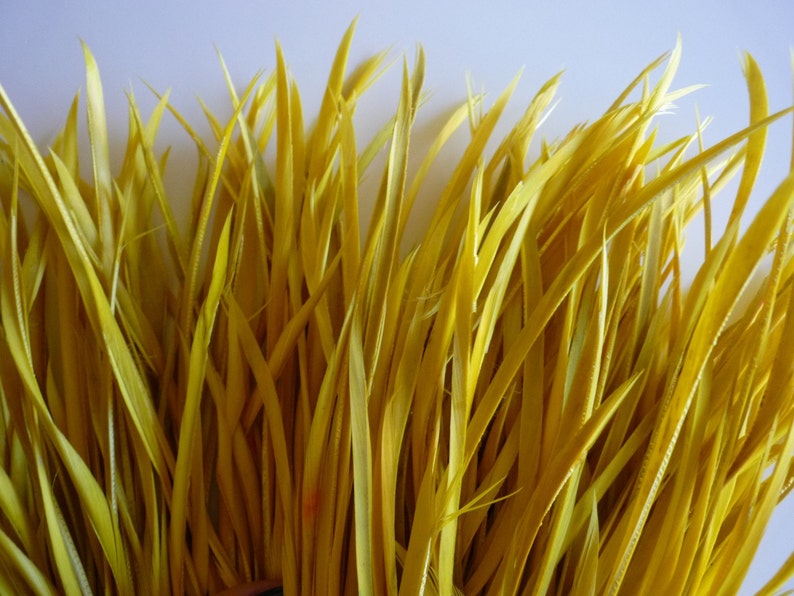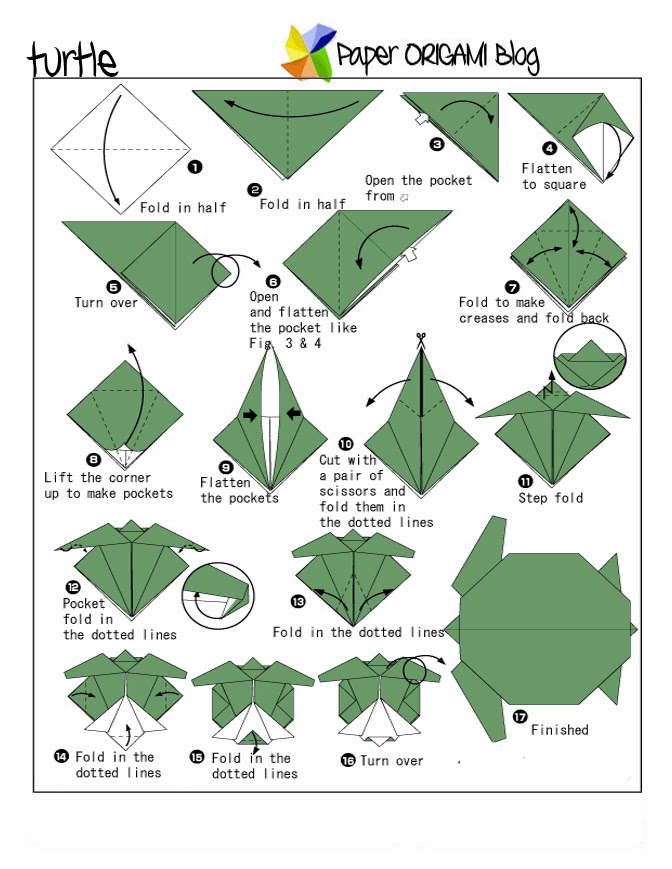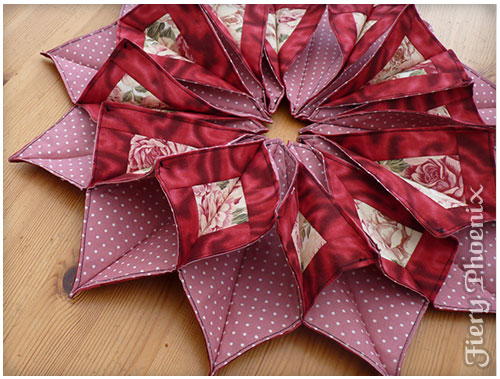Origami Goose Meaning. But these words did not spread out of the educational system. Origami is the art of paper folding, which is often associated with japanese culture.

The traditional japanese origami bird is the crane. Here are the emotions and feelings that each color traditionally represents. The japanese called this new art form origami (the name coined from ori, “to fold,” and gami, “paper”) and cultivated it as an art of understatement.
Then, It Became Popular With The Name “Origami” In 1880.
The word “origami” comes from the japanese words oru and kami. Origami is the art of paper folding, which is often associated with japanese culture. Over those years, certain colors have come to carry certain meanings.
In Japan, This Bird Is Considered A Mythical Creature That Leaves A Very Long Time And Brings Good Fortune And Health.
As goes the japanese tradition, they promote peace and well being and making a thousand of them (senbazuru) makes a wish come true. The japanese art of folding paper into shapes that look like birds, animals, etc. Colored origami penguin tattoos will look even more attractive.
The Name Was Popular As Orikata Which Means In Japanese As Folded Shapes.
In many different countries a crane has different symbolism, but in the world of tattoos there are a couple of meanings that are typical for this bird. Here are the emotions and feelings that each color traditionally represents. Origami cranes just might be the most renowned origami bird;
Origami Meaning Paper Paper Folding Originated In China Around The First Or Second Century A.d.
In modern usage, the word origami is used as an inclusive term for all folding practices, regardless of their culture of origin. See the full definition for origami in the. Origami as we know it was popularized and taught in japanese schools in art class, and has since evolved as a childhood pastime.
Randolph Hollerith Dean Of The Washington National Cathedral Said The Dove Has A Special Meaning.
Origami cranes just might be the most renown origami bird; And reached japan by the sixth century. But these words did not spread out of the educational system.





